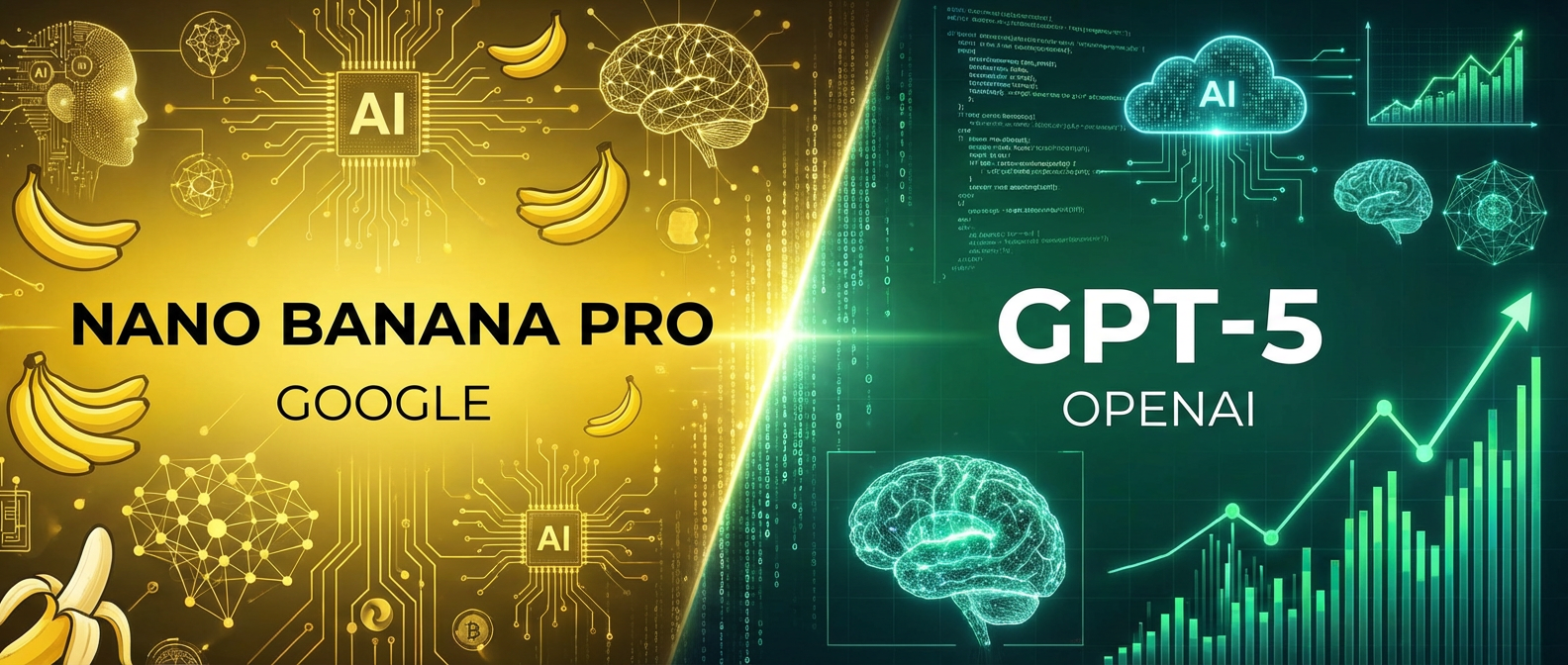What Jennifer Did: AI in a Real Crime Story
The Netflix true-crime series "What Jennifer Did" sparked a lot of discussion about the use of artificial intelligence (AI) in storytelling. The show uses AI to recreate certain events and scenes. And this raises questions about how this technology is being used to tell stories and how it impacts our perception of reality. What are the boundaries? When it is possible to cross them? What is the role of AI technology on depicting or faking reality? Let's find out what is it all about.
Did Netflix Use AI in "What Jennifer Did?"
The answer is yes. But that is probably not why you are here. Yes, "What Jennifer Did" uses AI to create images and videos that depict events from the past. This technology is used to reconstruct scenes from the crime, like the murder of Jennifer Dulos, the victim. It is also used in scenes that depict Jennifer as happy and convicted. There were no such photos in real life. Those 'real' photos were adjusted or recreated with AI! The show uses AI to create photorealistic images of people, places, and objects from the past, even though no actual footage of these events exists. How was this firstly found out? Probably through the way the hands look on this 'old' photo of Jennifer Dulos. It's a known fact that AI text to image models still have issues with hands. They often fail to generate them in a natural way. Other examples include warped cheek, ill-generated tooth and more. That uncovered a rabbit hole and viewers started to question and discuss whether such AI use is OK.

The Controversy: Is AI Just a Tool or a Manipulator?
The use of AI in "What Jennifer Did" is controversial. Some critics argue that AI can be used to manipulate viewers, making them believe fabricated events as true. Others believe that AI is simply a tool that can be used to enhance storytelling.
The debate over the use of AI in "What Jennifer Did" boils down to a fundamental question: how far should technology be allowed to shape our understanding of the past? It's a question that doesn't have an easy answer.
Post-truth
The use of AI to recreate scenes and images in "What Jennifer Did" raises unsettling questions about the blurring lines between truth and fabrication, especially in a documentary context. In my opinion, it's unethical to employ AI to depict events that we can't definitively prove happened, particularly when dealing with such sensitive and tragic subject matter. The potential for manipulation and misinformation is too great. While AI can be a powerful tool for storytelling, using it to depict events with a degree of certainty that isn't actually possible risks eroding the public's trust in both the documentary genre and the information we consume. We should be wary of the "post-truth" era where reality is increasingly malleable through technology, especially when dealing with real-life tragedies and the impact they have on individuals and families.
The debate around using technology to recreate scenes in documentaries isn't new. This ethical quandary was present even a century ago when early documentary filmmakers grappled with the question of authenticity. A prime example is Robert Flaherty's 1922 film "Nanook of the North," where some scenes were staged to showcase a romanticized version of Inuit life, causing controversy even back then. Similarly, the Soviet Union's "Kino Pravda" movement, which aimed to document real life through cinema in 1920s, sometimes employed actors to recreate events or present a specific narrative. The debate over "truth" in documentaries has always existed, with filmmakers navigating the line between objective documentation and subjective storytelling.
How AI Works in "What Jennifer Did"
"What Jennifer Did" utilizes AI, specifically generative AI models, to recreate scenes and images based on limited information. These models are trained on vast datasets of photos, videos, and text. When given a prompt, like a description of a crime scene or a person's appearance, they can generate realistic images that appear to be from the past.
This process relies on algorithms that identify patterns and relationships within the training data. The AI then applies those patterns to generate new content that resembles the original data. While impressive, it's crucial to understand that AI doesn't actually "see" or "remember" the past. It simply recreates images based on the information it's been trained on.
By the way, here is a worthy podcast about AI controversies in recent films: What Jennifer Did, A24's AI Civil War, Drake's visuals and more. They make the point that even reenactments in documentaries are questionable, and what happens in this film is unethical.
A Look at Generative AI: Not Only "What Jennifer Did"
The technology used in "What Jennifer Did" is not unique to this series. Generative AI models are becoming increasingly common in various fields, pushing creative boundaries. For example, in art and design, AI tools like DALL-E 3 can generate incredibly realistic paintings based on text prompts. The thing is: it makes production more cheap and fast, and that is why we now mostly see AI use in lower budget productions and series that were made in a rush. Imagine commissioning an AI to create a portrait of a fictional character or a surreal landscape for a film or film's poster.
Well, no need to imagine. This is already happening. For example, recent film 'Civil War' seemingly used this technology in promotional materials. It seems the possibilities are endless, but so are possibilities to mislead the audience or to accidentally start an ethical or legal fight. Especially when you do a documentary that depicts a real story. In music composition, AI programs like Amper Music can generate original soundtracks tailored to specific moods and genres.
AI can compose the score for a video game or a short film, capturing the exact emotional tone needed for each scene. And in text generation, AI models like GPT-3 can write articles, poems, and even scripts. They offer a new level of creativity and efficiency. Imagine an AI assisting a screenwriter with brainstorming dialogue or even generating entire plot outlines. And these are just a few examples of how generative AI is revolutionizing creative industries, blurring the lines between human and machine creativity.
Editing was one of the first tools to manipulate reality in documentaries and beyond. Then, technologies like a green screen (chromakey). Now, it's AI turn. I have an opinion on that topic. That be: it is our responsibility as viewers to decide whether we want to allow studios to create documentaries or reportages this way.

Ethical Considerations of AI in Storytelling
The use of AI in "What Jennifer Did" raises several ethical questions:
Accuracy and Bias: How can we ensure that AI-generated content is accurate and doesn't perpetuate existing biases present in the training data?
Consent and Privacy: What are the implications for individuals whose images and likenesses are used in AI-generated content?
Manipulation and Deception: How can we prevent AI from being used to manipulate viewers and spread misinformation?
These are important questions that need to be addressed as AI plays a larger role in storytelling and media production.
The Future of AI in True Crime. Advantages?
It's clear that AI will continue to play a significant role in true crime storytelling. The technology offers a powerful way to visualize and reconstruct past events, making complex cases more accessible to audiences. However, it's crucial that we use AI responsibly and ethically, ensuring that it serves truth and justice, not manipulation and misinformation.
The future of AI in true crime depends on building trust and transparency. This means:
Open Communication: Clearly labeling AI-generated content and explaining how it was created.
Independent Verification: Ensuring that AI-generated content is verified by experts before being released to the public.
Ethical Guidelines: Establishing clear guidelines for the ethical use of AI in storytelling.
What You Can (Actually) Do
As viewers, we have at least some responsibility. It is better to be critical consumers of media. We should ask ourselves:
What is the source of this information?
How was this content created?
What evidence supports this claim?
By approaching media with a critical eye, we can help ensure that AI is used to tell compelling and accurate stories, not to manipulate or mislead us.
AI Tools and Resources:
If you want to explore the world of AI and its capabilities, there are many tools and resources available online:
Writingmate: A platform that allows you to use multiple AI models, including GPT, Claude, Mistral, and LLaMa, in a single web app. You can also generate images with AI. Link to Writingmate
WritingMate AI: This platform provides a variety of AI tools for writing, including grammar and spelling checkers, plagiarism detection, and AI-powered writing assistance. Link to WritingMate AI
These tools can help you learn about AI and its applications in different fields.
Conclusion:
"What Jennifer Did" is just one example of how AI is changing the way we consume and create content. As AI technology continues to evolve, it's crucial to engage in open dialogue about its ethical implications and its role in shaping our understanding of the world. In my opinion, the series takes 'document' out of the word 'documentary' and is lying to the audience. While certain photo manipulation or stylization may be fine, such type of faking historical photos for documentaries or news is much more questionable.
For detailed articles on AI, visit our blog that we make with a love of technology, people and their needs.
Written by
Artem Vysotsky
Ex-Staff Engineer at Meta. Building the technical foundation to make AI accessible to everyone.
Reviewed by
Sergey Vysotsky
Ex-Chief Editor / PM at Mosaic. Passionate about making AI accessible and affordable for everyone.



